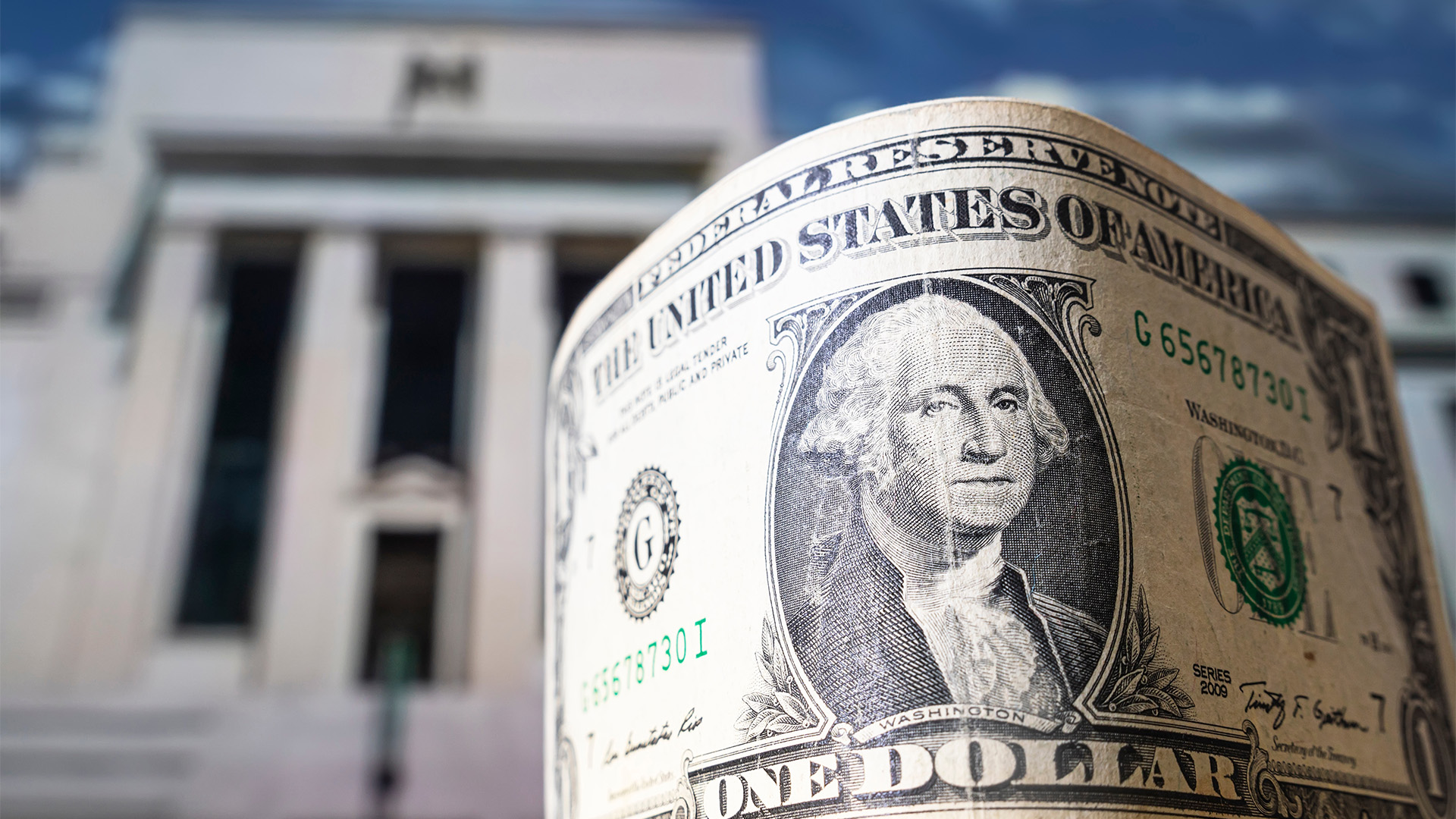Now for 30 days of so-called grace, but in reality, they will be 30 nervous days to see if Russia finally defaults on its roughly $US117 million US dollar interest payments (not roubles) on two of its foreign bonds.
Russia’s payments did not arrive on Wednesday in the designated accounts and now the wait which will confirm what is already very clear – President Putin’s invasion of Ukraine has sparked a series of sanctions from the West that have gone much further than expected and plunged the country into a deep recession.
There is little to no foreign income, exports – except for some gas and less oil – have been throttled, the rouble has collapsed, the government and most of its businesses are excluded from borrowing elsewhere, and a deep recession in its early stages.
The bonds 30-day grace period, meaning creditors can’t declare an official default until April 15.
Private sector borrowing — external corporate debt is about $US150 billion, including both loans and bonds but that hugely outweighs foreign currency sovereign debt of about $US20 billion.
“The possibility or impossibility of fulfilling our obligations in foreign currency does not depend on us,” Finance Minister Anton Siluanov said in an interview with state-owned Russia Today.
“We have the money, we paid the payment, now the ball is on the side, first of all, of the American authorities.” Earlier this week, he indicated that the payment might end up being made in roubles.
That is more Russian financial sophistry. If Putin hadn’t ordered the invasion, we would not where Russia finds itself on the brink of default of its own making.
The Financial Times points out that the US sanctions originally barred transactions by American institutions with Russia’s central bank and finance ministry but they were later issued a temporary exemption that allows American and foreign banks to receive payment for Russia’s debt obligations in the currencies determined by the bond contracts.
Payment of interest on bonds issued before March 1 by Russia’s central bank, national wealth fund or finance ministry are permissible through May 25, the US Treasury Department has said.
After that exemption expires, a specific license approved by the Treasury would be required to continue to receive interest, dividend or maturity payments on debt or equity issued by Russia’s government institutions, the FT reported.
Investors and analysts expect that under those rules, Russia would still be able to service its foreign-currency debt in the coming weeks.
So they question is why didn’t it send $US117 million or thereabouts in US dollars to meet the two coupon payments? It had the limited freedom to do so, so it seems Russia has deliberately embarked on a default.
The last time Russia reneged on its foreign debts was after the Bolshevik Revolution in 1918. Russia defaulted on its local-government debt in 1998 as the post-Soviet economy struggled to find its feet.
Oil prices had collapsed to $US10 a barrel, starving the government of revenue. The crisis made it possible for Vladimir Putin’s eventual rise to power at the end of 1999.
That helped send several western hedge funds to the wall, including Long Term Capital Management which was exposed not only to the Russian local government debt crisis, but to the Asian financial crisis which started in 1997. The fund was bailed out and reorganised in a $US3.65 billion deal.
There’s already a figure of $US170 billion in Russian investments held by global investors that are currently worthless, including a $US17 billion fall in value for investments held by BlackRock, the world’s biggest fund manager.
Now another crisis – of Putin’s own making – threatens to make the country an international financial pariah to go with its political and moral isolation.
By the way it took until 1996 for the repudiated Tsarist debts defaulted on in 1918 to be put right – of course there was a war and then the Cold War which made earlier restitution impossible, but it does give us an idea of what lies ahead.
Which hedge funds and other bottom fishers will start buying distressed Russian assets in the hope of a big pay day, eventually – in roubles?













